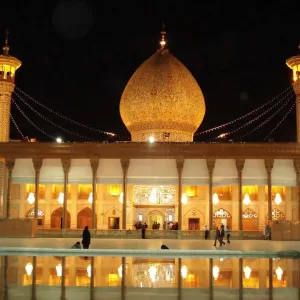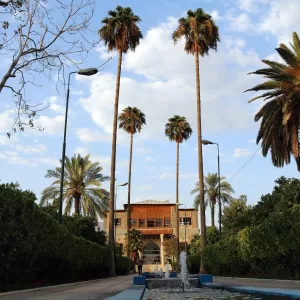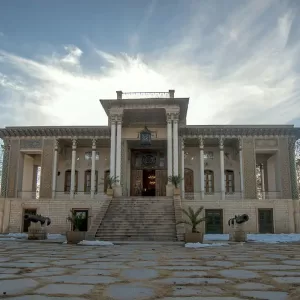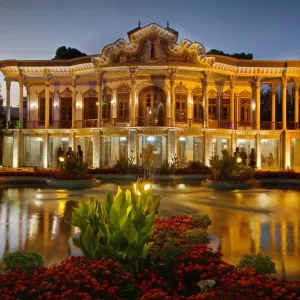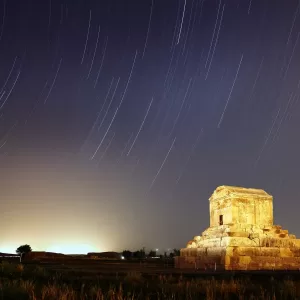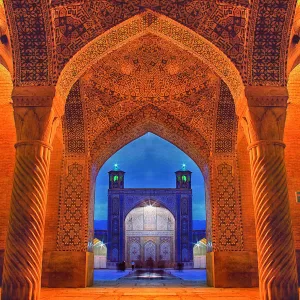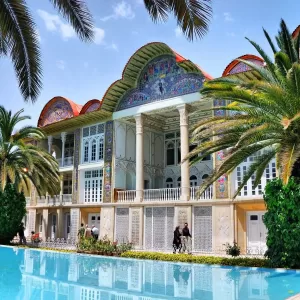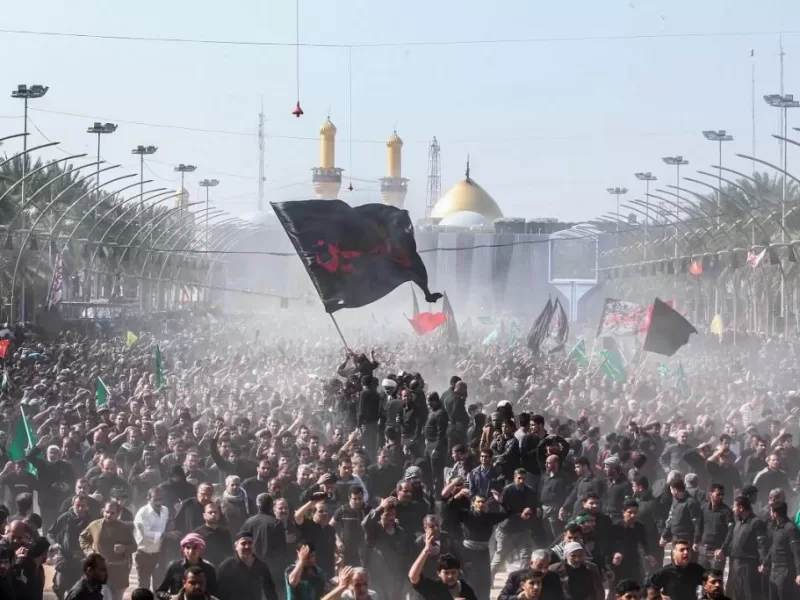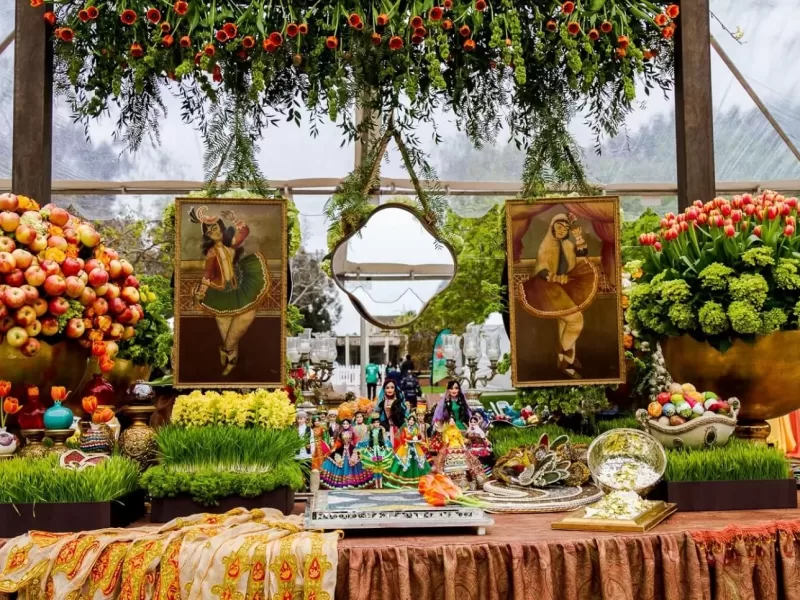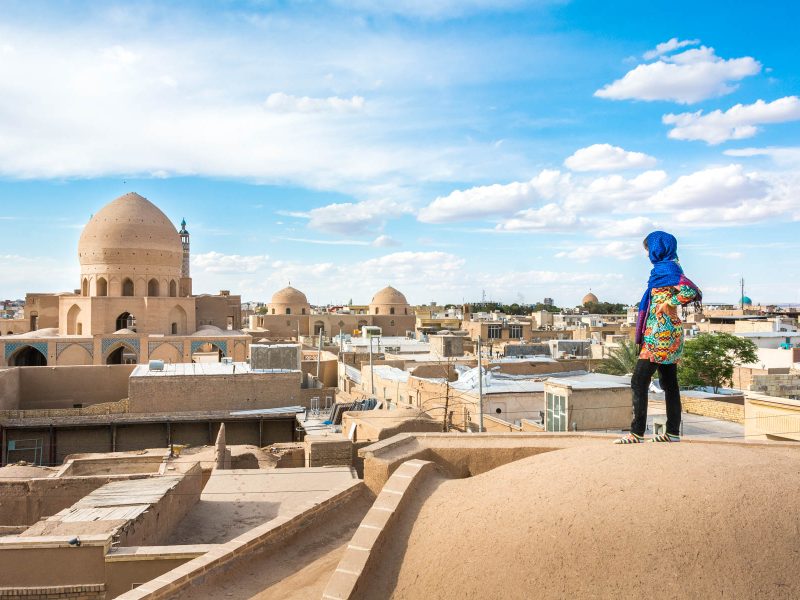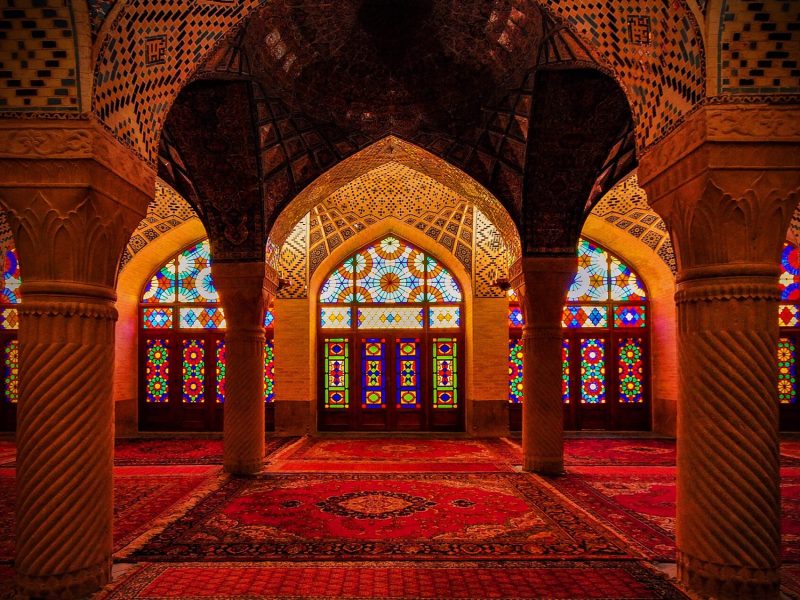Discover the Timeless Wonders of Naqsh-e Rostam
One of the most significant historical sites in Iran is Naqsh-e Rostam, which lies close to Shiraz. Some of the most exquisite rock reliefs and tombs from the Achaemenid period, which portray the glory of the Persian Empire during that time, may be seen in this important historical site. Naqsh-e Rostam, is a very well-liked tourist destination that draws many visitors each year. You must see this place on your vacation to Iran, regardless of how interested in history you are or whether you’re just looking for a beautiful natural settting.
Brief Facts:
- *Location: Naqsh-e Rostam is situated about 12 km from Persepolis and 15 km from Shiraz.
- *Height: The site is located on a high rock face, rising some 30 meters from the ground.
- *Number of Tombs: There are four large rock-cut tombs at the site, each belonging to one of the Achaemenid kings.
- *Age: The site dates back to the Achaemenid era, which ruled Iran from 550 BC to 330 BC.
- *The reliefs here are some of the finest examples of ancient Persian art.
- *The tombs at Naqsh-e Rostam have been believed to be the final resting place of the Achaemenid kings, although this is not confirmed.
History of Naqsh-e rostam
As one of the oldest and most historical sites in Iran, Naqsh-e Rostam dates back to the Achaemenid era. It’s believed to have been built by Darius the Great, the fifth century BCE king of Persia, as a royal necropolis for the Achaemenid kings. The carved facades of the tombs still stand today, displaying the architectural and engineering skills of the ancient Persians.
Over the years, Naqsh-e Rostam has been a part of numerous important historical events. During the Sassanian dynasty, it served as a religious and cultural center with a fire temple built by King Kapur I. This was a crucial period for the growth of Zoroastrianism in Iran, and the fire temple at Naqsh-e Rostam played a significant role in spreading the religion.
After the Islamic conquest of Iran, Naqsh-e Rostam became a place for commemorating historical events. During the Safavid dynasty, it was a location for religious ceremonies and during the Qajar dynasty, a place of pilgrimage. Today, Naqsh-e Rostam is a popular tourist destination, drawing visitors from around the world to admire the ancient tombs and learn about the rich history of Iran.
Why it’s called Naqsh-e Rostam?
The Meaning Behind the Name Naqsh-e Rostam gets its name from the rock reliefs carved into the cliffs at the site. In Persian, “Naqsh” means “picture” or “pattern,” while “Rostam” refers to the legendary hero from Persian mythology. The reliefs depict figures such as Darius the Great and his family, as well as scenes from the legendary battles of Rostam.
Rostam, a legendary hero and warrior in Persian mythology, is considered one of the greatest Persian heroes. He is the main character in the Persian epic “Shahnameh” and is known for his battles against Turanian forces, his role in defending Iran against invasions, and his wisdom and justice as an advisor to Iran’s king.
What to expect here
Visitors can anticipate seeing a variety of antique rock-cut tombs and bas-reliefs from the Achaemenid dynasty in Naqsh-e Rostam. The site, which situated nearby Shiraz, Iran, provides a fascinating look into the history and culture of the area. On the walls and faces of the tombs, visitors can anticipate seeing elaborate carvings and sculptures that represent significant occasions and personalities from the Achaemenid empire. There are a number of additional monuments and buildings on the location in addition to the tombs, such as the Ka’ba-ye Zartosht, a sizable rectangular building said to have operated as a fire temple. Naqsh-e Rostam offers guests an all-encompassing, intriguing experience that is surrounded by the area’s stunning natural environment and history.
Architecture
You will be taken back in time to the era of the Achaemenid monarchs when you travel to Naqsh-e Rostam. You’ll be surrounded by ancient graves with magnificent carvings and sculptures highlighting significant historical personalities and events. And as you explore the area, you’ll be astounded by the stunning natural setting that provides the backdrop for these magnificent structures.
Best Time to Visit
The best time to visit Naqsh-e Rostam is between the months of March to June and September to November, when the weather is at its most pleasant with comfortable temperatures and clear skies. However, be aware that the site can get quite crowded during peak tourist season, so it’s best to plan your visit in advance to avoid the crowds.
FAQs
Where is Naqsh-e Rostam located?
Naghsh-e Rostam is located near the city of Shiraz, in Iran. It is situated about 12 km from Persepolis and 15 km from Shiraz.
How high is Naqsh-e Rostam?
Naghsh-e Rostam is located on a high rock face, rising some 30 meters from the ground.
How many tombs are there at Naqsh-e Rostam?
There are four large rock-cut tombs at the site, each belonging to one of the Achaemenid kings.
When was Naqsh-e Rostam built?
Naghsh-e Rostam was built during the Achaemenid era, which ruled Iran from 550 BC to 330 BC.
What is Naqsh-e Rostam?
Naghsh-e Rostam is an ancient necropolis located near the city of Shiraz in Iran, known for its rock-hewn tombs and carvings of Persian kings.
How old is Naqsh-e Rostam?
Naqsh-e Rostam dates back to the Achaemenid Empire, which ruled Iran from 550 BC to 330 BC.
What tombs can be found in Naghsh-e Rostam?
Naghsh-e Rostam is home to the tombs of four Achaemenid kings: Darius the Great, Xerxes I, Artaxerxes I, and Darius II.
What is the significance of Naqsh-e Rostam?
Naqsh-e Rostam is considered a significant historical site due to its association with the Achaemenid dynasty and its role as a testament to the grandeur and strength of Persian art and architecture.
Is Naqsh-e Rostam a UNESCO World Heritage site?
No, Naqsh-e Rostam is not a UNESCO World Heritage site.
What is the best time to visit Naqsh-e Rostam?
The best time to visit Naqsh e Rostam is during spring or autumn when the weather is mild and the views are clear.
Is it necessary to have a guide to visit Naqsh e Rostam?
While it is not necessary to have a guide, having a knowledgeable guide can enhance the experience and provide valuable historical and cultural context.
What are the visiting hours of Naqsh-e Rostam?
The visiting hours of Naqsh Rostam are from about 8:00 AM to 5:00 PM.
Is there an entrance fee for Naqsh-e Rostam?
Yes, there is an entrance fee to visit Naqsh-e Rostam.
How can I get to Naghsh-e Rostam from Shiraz?
Naghsh-e Rostam can be reached by taxi or private car from Shiraz, with the drive taking approximately 30 minutes.

